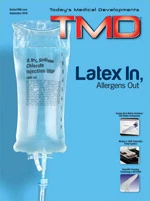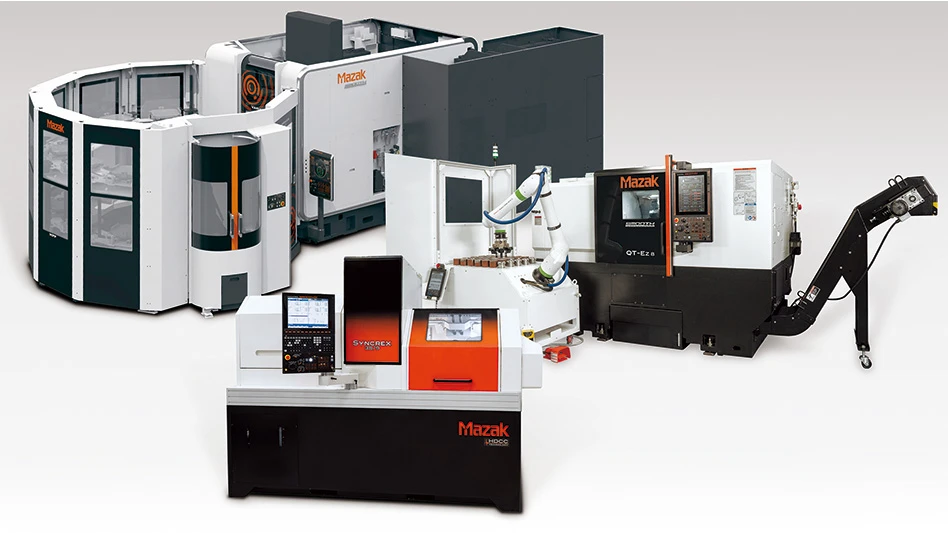 Developed by Coloplast, Virtue is implanted via a perineal incision, allowing its four arms to be routed through the patient’s tissue.According to the Agency for Health Care Policy and Research, nearly two million men in America deal with incontinence due to a broad range of conditions and disorders. Prostate surgery is the leading cause of stress urinary incontinence (SUI), and while urinary function usually returns after about six weeks, about 20% of those patients continue to suffer from chronic leakage.
Developed by Coloplast, Virtue is implanted via a perineal incision, allowing its four arms to be routed through the patient’s tissue.According to the Agency for Health Care Policy and Research, nearly two million men in America deal with incontinence due to a broad range of conditions and disorders. Prostate surgery is the leading cause of stress urinary incontinence (SUI), and while urinary function usually returns after about six weeks, about 20% of those patients continue to suffer from chronic leakage.
Chris Deegan, Coloplast senior R&D engineer in surgical urology says, “With the upward trend in radical prostatectomy procedures, there was a growing need for a better incontinence device for men. The primary device on the market was a sling for female patients that had been converted for use in men with mixed results.”
Coloplast, a global company specializing in products for people with urological problems, severe wounds, and intestinal cancer, developed Virtue to provide an alternative to other surgical incontinence treatment options for men. Implanted via a perineal incision, Virtue allows its four arms to be routed through the patient’s tissue. After a short time, the tissue grows through the mesh, supporting the bulbous urethra, and in turn, becoming an incontinence solution.
The implanted biomedical mesh is sufficiently porous and strong, yet pliable enough to conform to the patient’s anatomy – applying both compression and elevation of the urethra. Elevation essentially returns the urethra to its natural position, while compression provides the resistance necessary to ensure bladder control. In addition, the patient does not have to manipulate Virtue in order to urinate. According to Deegan, the implantation procedure is less invasive than existing treatments and can generally be done in 30 minutes with use of a kit provided by Coloplast.
Unique Elements
The biomedical knitted mesh plays a key role in the Virtue sling’s success; without the mesh’s mechanical properties and its ability to conform to the required shape, the sling would not be effective. The design of the device required engineering of the knitted fabric from large filaments of polypropylene to deliver adequate strength. Balancing this design is a highly flexible and conforming geometric structure that facilitates ease of delivery and an effective repair immediately after surgery.
“Because of the divergent engineering requirements that Coloplast had envisioned for Virtue, we had to establish a balance between strength and flexibility in the knitted mesh,” says Jeffrey Koslosky, director of technology and product development for Secant Medical, Coloplast’s supplier and a developer and manufacturer of custom-engineered biomedical structures for medical devices.
The collaborative relationship between the engineering staffs at both Coloplast and Secant Medical was critical to the design and development process of the knitted mesh for the Virtue sling. The advanced design of the sling necessitated a highly engineered knitted fabric that was not available as an off-the-shelf item. Working together, Coloplast was able to explain the biomechanical requirements of the device, which Secant Medical translated into a textile structure. This effective collaboration enabled a shortened development path leading to a more rapid product launch.
Overcoming Challenges
Bringing the Virtue product to market was not without its share of challenges. Not only was the launch timeline very tight, but just as Coloplast was preparing to manufacture the new device, the single fiber supplier withdrew from the medical industry. “Secant Medical quickly secured and qualified a new raw material supplier. The supplier Secant selected offered a wide range of technology options and was deemed to be more reliable due to its extensive experience with implantable devices,” Deegan explains.
“Additionally, Secant always met its deadlines and commitments, which does not always happen, especially when there are complications,” Deegan notes. “Secant Medical continually provided insight and knowledge to develop the final product. The company was keenly interested in the overall use of the Virtue device and how its textile properties are playing a role in Virtue’s success.”
Because of this positive experience, Coloplast and Secant Medical are now exploring additional collaborations and applications for biomedical textiles in future medical devices.
Secant Medical Perkasie, PA secantmedical.com Coloplast U.S.A. Minneapolis, MN www.coloplast.com

Explore the September 2010 Issue
Check out more from this issue and find your next story to read.
Latest from Today's Medical Developments
- Arterex acquires Phoenix S.r.l., a leading Italian medical device solution provider
- FAULHABER’s expanded portfolio of high-performance DC motors
- NAMSA will acquire WuXi AppTec facilities in Minnesota and Georgia
- Tolomatic’s Drive Integration Tool
- Cutting Edge Innovations: Maximizing Productivity and Best Practices with Superabrasives
- The toolbelt generation
- Covestro's role in transforming cardiac care
- Practical and Affordable Factory Digital Twins for SMEs





